Jjamppong Gongjang (짬뽕공장)
16.9Km 2021-03-22
31-1, Yangeul-ro, Mokpo-si, Jeollanam-do
+82-61-272-8512
This is a store where you can eat various dishes of jjamppong (Korean spicy seafood noodle soup). This Chinese (cuisine) restaurant is located in Mokpo-si, Jeollanam-do. The most famous menu is spicy seafood noodle hot pot.
Namhae Chueotang (남해추어탕)
17.1Km 2021-03-22
3, Sanjeong-ro, Mokpo-si, Jeollanam-do
+82-61-272-7933
A store selected as a model restaurant in Mokpo. This Korean dishes restaurant is located in Mokpo-si, Jeollanam-do. The most famous menu is loach soup.
Dokcheon Restaurant (독천식당)
17.1Km 2019-12-30
3-1, Honam-ro 64beon-gil, Mokpo-si, Jeollanam-do
+82-61-242-6528
Dokcheon Restaurant serves the best octopus dishes in Honam. Dishes made with long-legged octopus are excellent, also Nakji-bibimbap (octopus bibimbap) with seasoning and vegetables has more flavor due to the various seasonings and sesame oil fresh from the countryside.
Gran Festival de Crisantemos de Corea (대한민국 국향대전)
17.2Km 2025-09-03
Gonjae-ro 27, Hampyeong-eup, Hampyeong-gun, Jeollanam-do.
061-320-2238
El Gran Festival de Crisantemos de Corea empezó por primera vez en otoño de 2004 y ha contribuido mucho a hacer de Hampyeong una ciudad turística con numerosas atracciones para todo el año. Durante el período del festival, el público puede sentir plenamente el ambiente otoñal, apreciando los objetos hechos de crisantemos y participando en diversos programas interactivos, tales como la degustación de alimentos típicos otoñales como camotes y frijoles, y la elaboración de los artículos artesanales como gafas, molinetes e insectos de crisantemos.
Festival del Puerto de Mokpo (목포항구축제)
17.2Km 2025-08-18
Samhak-ro 92-beongil 6, Mokpo-si, Jeollanam-do.
061-270-8441
El Festival del Puerto de Mokpo tiene una variedad de eventos y programas que se celebran en un escenario flotante. Con una gran cantidad de cosas para ver y disfrutar, el festival actualmente es una de las mayores celebraciones de la región.
Estación de Mokpo (목포역)
17.2Km 2021-04-09
Yeongsan-ro 98, Mokpo-si, Jeollanam-do.
La Estación de Mokpo es la entrada al mar del suroeste de Corea. Se trata de la estación más al suroeste del país y la última parada de la línea Honam, que es la mayor línea de la región de Jeolla-do. La estación da acceso a numerosas atracciones turísticas de la zona, como el archipiélago Dadohae, Yeongam-gun, Haenam-gun, Muan-gun, Sinan-gun y Jindo-gun. También es frecuente como parada para los turistas a las islas de Jeju, Heulsando y Hongdo.
Con la entrada del tren de alta velocidad KTX, el 1° de abril de 2004, el edificio de la estación se amplió al estado actual. La estación está equipada con una sala principal, una oficina de ventas, varias tiendas, un centro de información turística y cajeros automáticos.
Mercado de Pescado de Mokpo (목포 종합수산시장)
17.3Km 2024-01-25
Haean-ro 265-4, Mokpo-si, Jeollanam-do.
SUKULE (쑥꿀레)
17.4Km 2021-03-23
43-1, Yeongsan-ro, 59 beon-gil, Mokpo-si, Jeollanam-do
+82-61-244-7912
As a specialty restaurant Mokpo since 1956, it has been featured on many TV programs. This Korean dishes restaurant is located in Mokpo-si, Jeollanam-do. The representative menu is mugwort rice cake.
Deungdae (Lighthouse) Guesthouse [Korea Quality] / 등대게스트하우스 [한국관광 품질인증]
17.5Km 2020-12-10
6, Nojeokbong-gil, Mokpo-si, Jeollanam-do
+82-10-8340-8004
Deungdae Guesthouse in Mokpo is run by a village enterprise named Deungdae Co., Ltd. The guesthouse opened in May 2018 following the remodeling of a 35-year-old hospital building as part of an urban regeneration project for the entire area of Mokwon-dong, which is the old downtown of Mokpo. Deungdae, a Korean word meaning “lighthouse,” signifies lighting and guiding directions in the backward old downtown of Mokpoo like a lighthouse.
The whole atmosphere of the interior is modern and clean. The rooms are furnished with only the essential facilities to make the area as wide as possible. The rooms are painted in pastel tone to create a stable, comfortable ambience.
On the first floor of the building is “Small Morning,” a cafe and communal lounge run by Deungdae Guesthouse. On the third floor are 5 single bed rooms for solo travelers, 4 twin rooms with private bathrooms, a communal kitchen available for cooking, and a communal bathroom. In the communal bathroom, free use of washing machine, toiletries, dryer, magic dryer, and hair straightener are available. In the morning, Korean-style breakfast of soup and side dishes personally cooked by the host is served in the community room on the third floor. Noteworthy is the fact that a first-aid kit is made available in the red box installed on the wall on the third floor for easy use by anyone.
The guesthouse displays the travel guide of Mokpo and leaflets. It is possible to get concierge service for the travel courses from the host. Located 200m away from Mokpo Station, the guesthouse offers easy access to important tourist attractions such as Nojeokbong Peak, Mt. Yudalsan, and Mokpo Modern History Museum, which are 5~15 minutes away on foot.
Centro de Música Popular de Mokpo (목포 대중음악의 전당)
17.5Km 2025-08-11
Haean-ro 249-beongil 34, Mokpo-si, Jeollanam-do
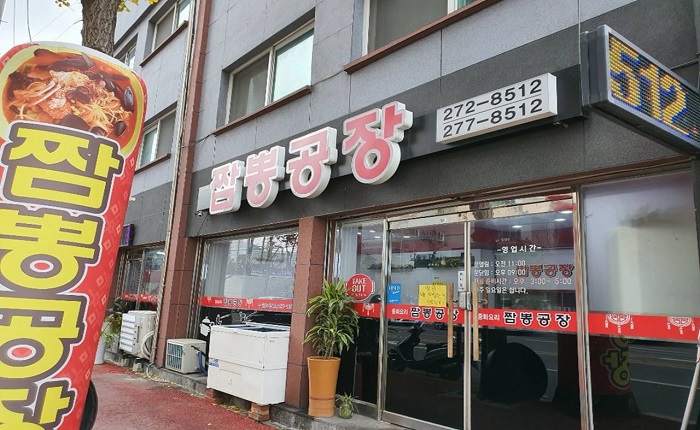
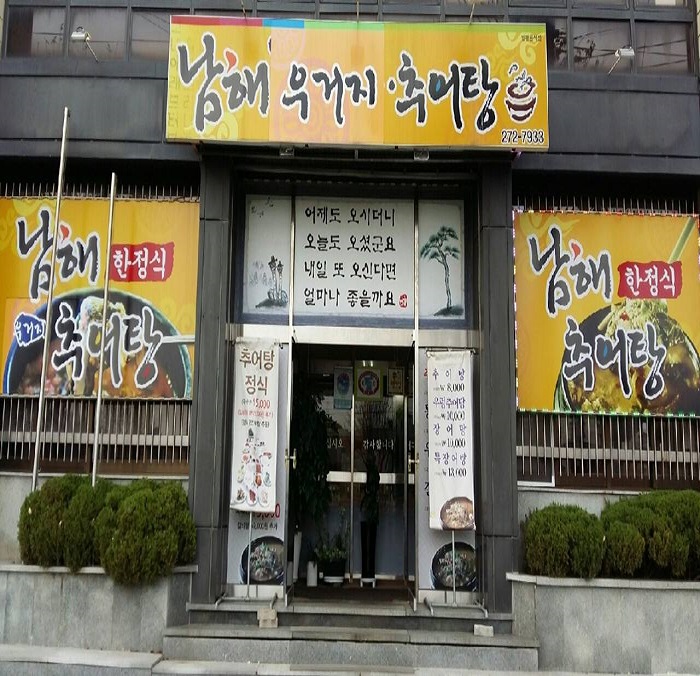
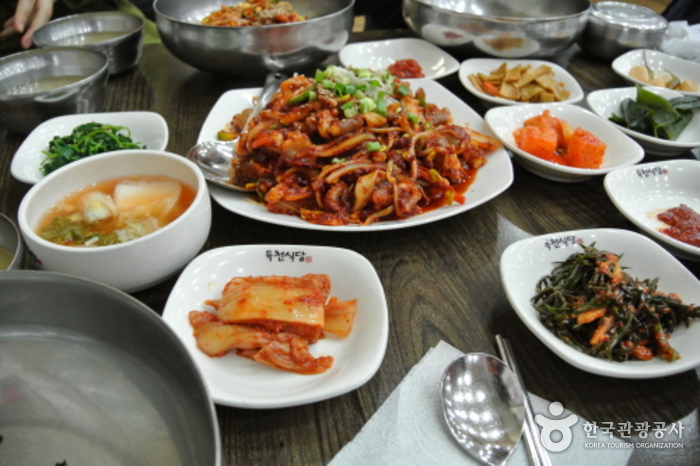

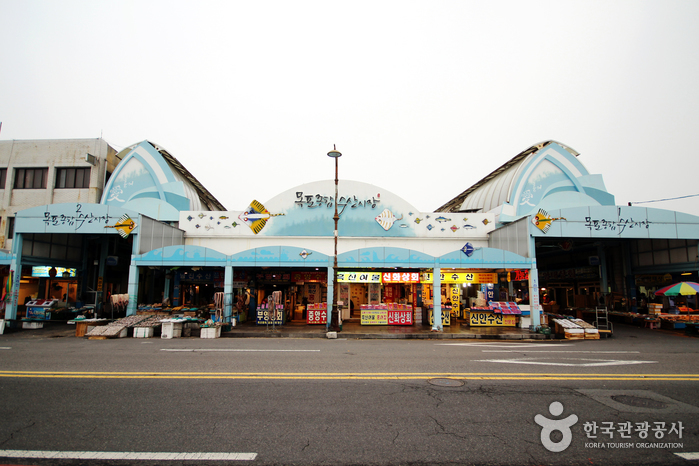
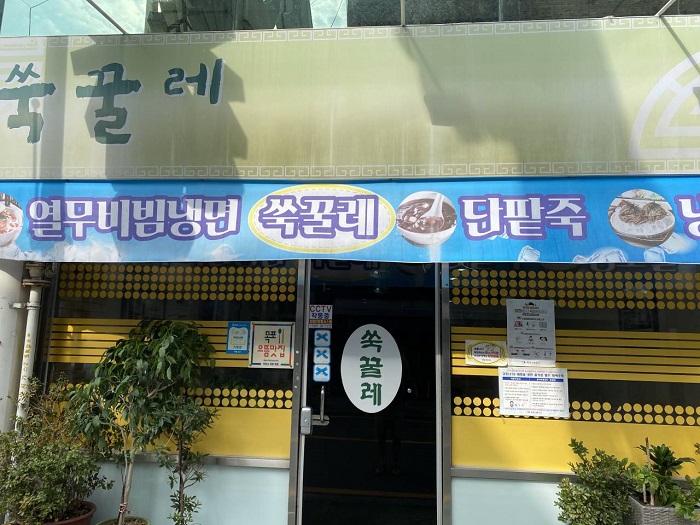
 Español
Español
 한국어
한국어 English
English 日本語
日本語 中文(简体)
中文(简体) Deutsch
Deutsch Français
Français Русский
Русский